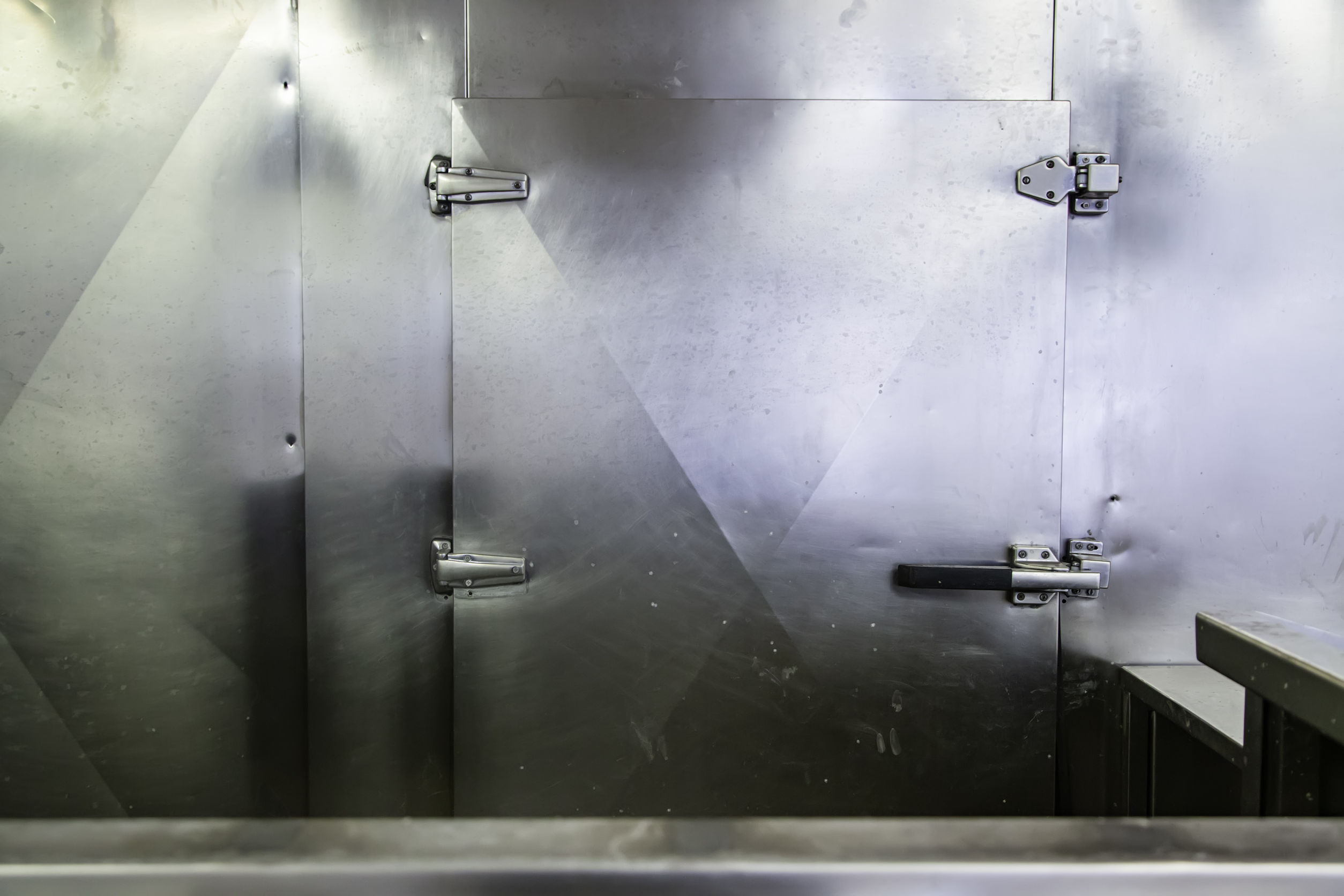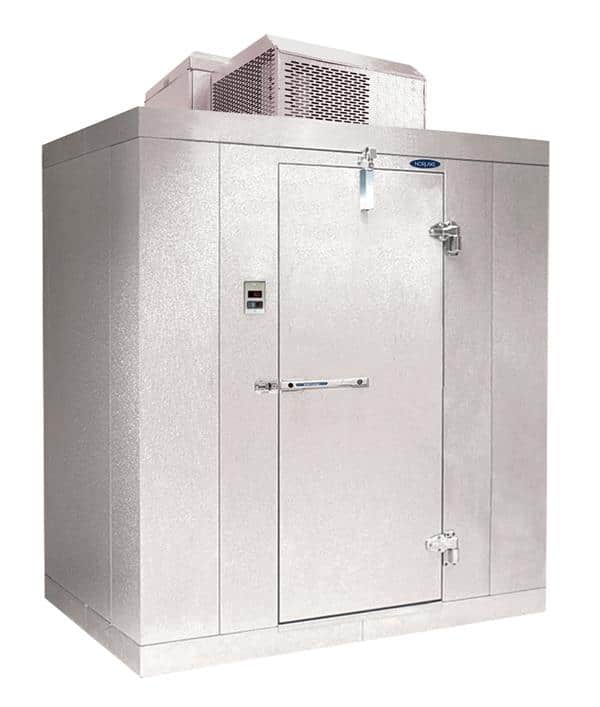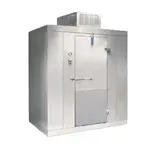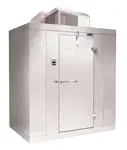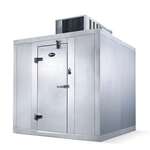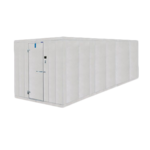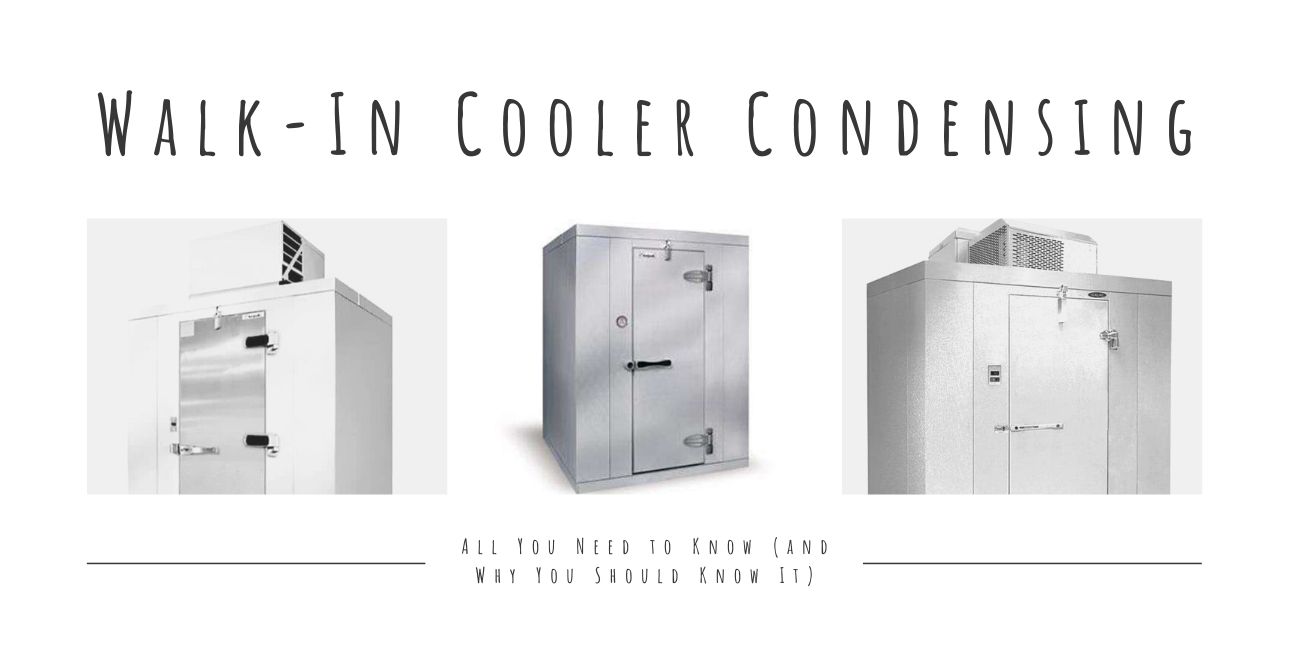
As a restaurant owner or chef, understanding how your walk-in cooler condensing unit functions is vital to ensuring that your equipment works correctly. But if you don’t know what each part of your walk-in refrigeration unit does, how do you know if something isn’t working correctly?
Unless you have a distinct reason to believe your walk-in coolers are malfunctioning, you may continue to carry on with business as usual. In the meantime, your costly walk-in refrigerator unit is slowly failing, and you won’t know until there is a significant problem.
According to the Food and Drug Administration (FDA), the food inside a refrigeration unit should be stored at 40° F – but what the thermostat reads and what is actually going on inside your walk-in cooler condensing unit can be two different things.
So, because the condenser is the most vital part of your walk-in unit, take a moment to review this owner’s guide to walk-in cooler condensing.
What is a Refrigeration Condensing Unit?
When you are operating a walk-in cooler, you will be relying on your cooling system to do the heavy lifting. The walk-in cooler condensing unit is the part of the cooling system that works to pull the heat from the air and transfer it to the refrigerant gas.
With this in mind, it is critical to know more about the other main components of your walk-in cooler condensing unit to ensure that it keeps up with the demands of the cooling system.
What are the Other Major Components of a Walk-In Refrigerator Unit?
A condensing unit works by using a vapor compression cycle that transports the heat to a colder area, the condenser. This process is then reversed in the evaporator, which pulls the heat from the surrounding area and then transfers it to the compressor. The cycle then starts all over again.
Now that you know what the condenser does, you can learn more about the other components of your walk-in cooler. Here is some helpful information.
1. Evaporator Coil
The evaporator of the walk-in cooler condensing unit forms a protective barrier for heat transfer. It does this by freezing the moisture in the air. However, sometimes the evaporator can form a build-up of ice that affects its performance. You need to check the coil regularly, and defrost the unit when needed to allow the ice to melt and drain away.
There may be an indication that there is a problem if you notice the ice is not melting during the defrost cycle. Do not ignore this problem. If the evaporator coil malfunctions, the entire unit will cease to function correctly.
2. Compressor
The compressor is the workhorse of the walk-in cooler condensing unit. It is responsible for transporting the refrigerant gas through the system. The compressor is also responsible for the audible noise you hear when the cooling system is in use.
If you notice that the compressor is not working, you need to stop using the walk-in cooler right away. If you continue to operate the walk-in cooler, you run the risk of damaging the compressor. You also chance damaging other vital components of the cooling system and placing your customers' health at risk.
3. Air Filter
The air filter of the walk-in cooler condensing unit is responsible for removing the dirt and debris in the air. This helps to ensure that the cooler is clean and safe for storing food products. It is essential to ensure that you replace your air filter regularly. For best results, set up a schedule to change this filter at regular intervals.
If you are unsure how to replace your walk-in refrigeration air filter, it is best to refer to the owner’s manual. Also, there are helpful videos online that can assist you with this process. It is simple to do, so you shouldn’t need to hire a professional.
4. Controls & Thermostat
The control unit of the walk-in cooler condensing system is responsible for monitoring the compressor, fan, and other components. This information is then relayed to the user from the display. This is what gives the user control of the thermostat.
The thermostat of the walk-in cooler condensing unit is responsible for determining the temperature in the walk-in cooler. This information is then sent to the controls, which relay the information to the user.
What You Don’t Know About Condensing Units for Walk-In Coolers
Each part of the refrigeration system works together with the condensing unit to ensure that the walk-in cooler stays within the optimal temperature range. If any one of these parts malfunctions, you risk damage to the refrigeration condensing unit. Do not delay action if any part of your system needs attention.
What you may not know about condensing units is that once they begin to malfunction, repairs are extremely costly. Sometimes it may even require that you replace the entire walk-in. Industry experts suggest that you never try to do any of the repairs yourself. Other than a basic defrost, you should leave all other work to the professionals.
The global commercial refrigeration market is set to increase at a compound annual growth rate (CAGR) of 6.3% over the next five years. That means the longer you wait to ensure that your walk-in cooler condensing unit is working correctly and efficiently, the more it will cost to repair or replace.
Getting to Know Your Walk-In Refrigerator Condensing Unit
As an owner or manager of a restaurant, you need to know how to identify any problems that may arise with your walk-in cooler condensing unit. This includes inspecting the other components of the cooling system. Also, this will assist you in knowing what to do should any part of your walk-in cooler malfunction.
If you are unsure how to inspect and identify a problem, you may want to contact a professional. Speak to someone who is experienced in the operation and maintenance of walk-in units.
Now that you can identify the parts of your walk-in refrigeration unit, you can check to see if any part of the unit is malfunctioning. This will help you to prevent any problems and ensure that your walk-in cooler is working properly.

